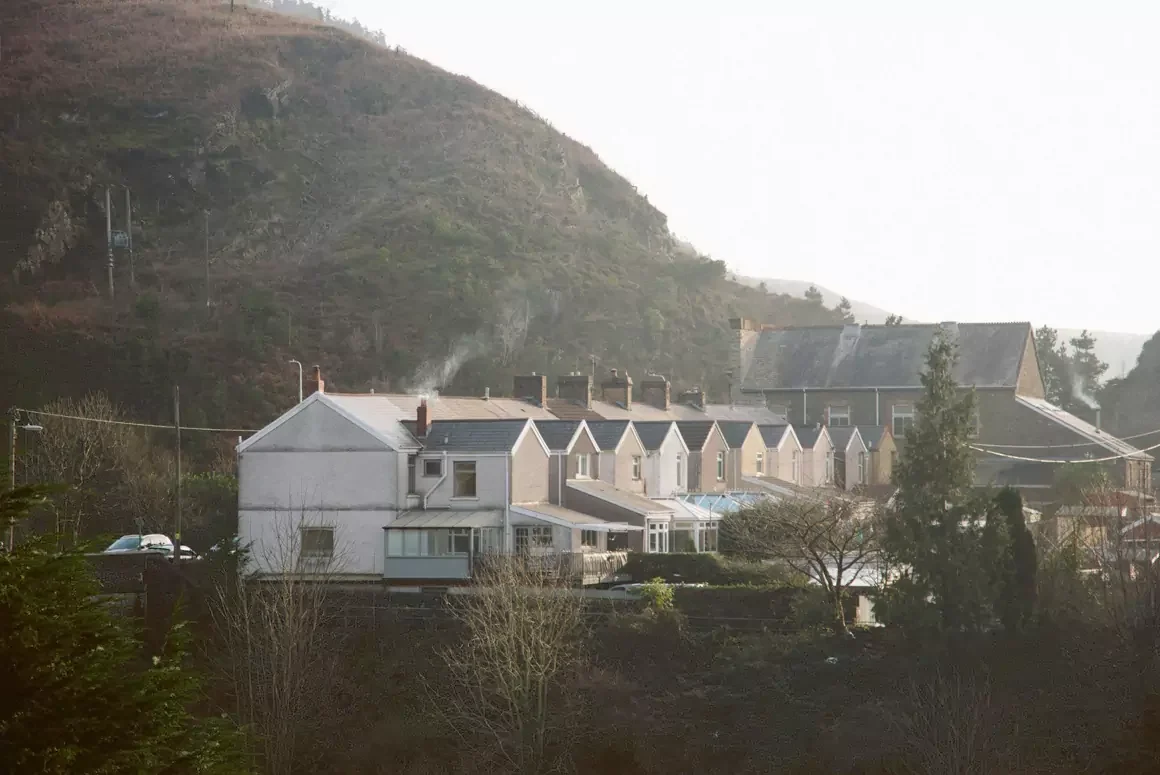There’s something unmistakably comforting about a Welsh high street when it’s alive and buzzing, the sort of place where you’re likely to bump into half your neighbours just by nipping out for a loaf of bread, although that familiar hum has faded in too many places lately. Between online shopping, out-of-town supermarkets, and younger people moving elsewhere, many village centres have become a little hollow, like they’ve lost the rhythm that once made them feel essential.
Not everywhere, though, because some communities have decided that waiting around isn’t going to bring life back.
Local Hands, Local Fixes
In a handful of Welsh villages, you’ll find people putting plans into motion that feel homegrown rather than handed down from distant offices, with old shops being turned into co-ops and once-forgotten pubs now functioning as everything from post offices and cafés to informal libraries and playgroups. Tafarn y Plu in Llanystumdwy is one of those stories, where locals didn’t just rescue their pub, they transformed it into the centre of village life once more, and in Bryngwran, the Yr Iorwerth Arms followed a similar path, now run by residents who wanted something more sustainable than another boarded-up building.
Efforts like these often rely on creative funding ideas, and one method gaining quiet traction in smaller communities is the use of local prize draws and fundraising raffles. Raffles and competitions are a popular way to bring people together, and some raffles can even be entered online. In fact, the prizes listed in realraffle.com include trips and more, with millions of prizes having been won online. In local Welsh villages, raffles and competitions can bring people together to raise money for village initiatives by offering something small in return, be it a hamper, a meal out, or just the shared excitement of a community prize pot.
Teams, Partnerships, and Shared Purpose
These revivals aren’t driven by big grants alone, since what tends to make them stick is how rooted they are in local knowledge, the kind that comes from knowing who actually lives in the area and what they’ll show up for.
Some towns have taken things further by building out street-level partnerships, and in places like Caernarfon or Bethesda, you’ll see a kind of local task team pulling together councils, traders, residents, and volunteers under one coordinated vision instead of relying on piecemeal efforts.
Tech, Data, and Smart Moves
There’s even room for technology here, not the glossy kind that feels like it belongs in a city, but practical tools that help small towns make more informed decisions. Through the Smart Towns Cymru programme, villages are using things like footfall counters and real-time community feedback dashboards to figure out when people are most active, what services they use, and how to adjust shop hours or event planning accordingly, giving café owners and shopkeepers, many of whom double as delivery drivers or school parents, a clearer sense of the rhythm of their streets.
Backing It All Up With Support
Once that kind of groundwork is in place, funding doesn’t feel like a risky bet anymore, because programmes like Transforming Towns can offer matched financial support that goes into fixing pavements, repainting signage, or turning a disused lot into a shared green space.
That’s exactly what happened in Ruthin, where the community-run shop in Pwllglas didn’t just survive, it added new services like postal delivery, expanded local produce options, and even carved out a small reading nook that now doubles as a meeting spot for older residents who want somewhere quiet but familiar.
Simple Ideas That Work
What’s become clear is that not every village needs a big reinvention, because in places like Llanfechain in Powys, the approach has been refreshingly simple: keep the essentials available, make sure people don’t have to drive 40 minutes just to grab milk or a packet of paracetamol, and everything else can be figured out along the way.
That level of consistency, especially for elderly people or anyone without reliable transport, turns out to be the kind of service that holds a village together more tightly than any flashy campaign ever could.
Looking Ahead, Listening In
Over in Mold and Aberaeron, you’ll overhear different ideas brewing while people queue for their coffee or chat outside the butcher’s shop, with some leaning toward digital hubs and others pushing for more weekend markets or pop-up art stalls. There’s also talk about turning empty spaces into childcare centres or skill-sharing workshops, even small book exchanges where everything’s handwritten and nothing needs scanning.
These aren’t easy fixes, of course, since volunteers can burn out, council funding takes time, and trying to stay true to the spirit of a place while keeping it solvent is a balancing act that doesn’t always get the attention it deserves.


